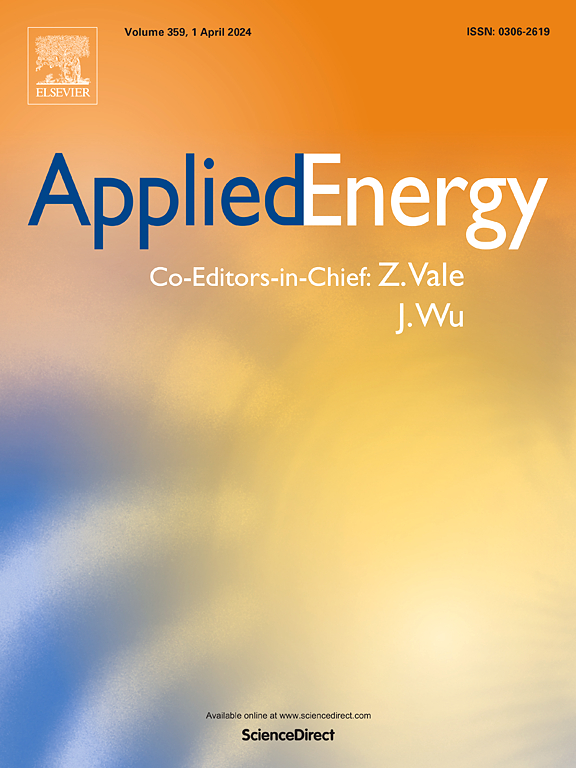H2-powered aviation – Optimized aircraft and green LH2 supply in air transport networks
IF 10.1
1区 工程技术
Q1 ENERGY & FUELS
引用次数: 0
Abstract
The final financial decisions on starting the commercialization of the next single-aisle aircraft programs for entry-into-service in the 2030s are due in less than 5 years. These programs will shape the future climate impact over the following 20–30 years of this aircraft segment and will determine if the sector can achieve its 2050 net-zero target. And so far, there are only limited holistic research perspectives available evaluating the best decarbonization options for such a crucial next product.
This study provides a first-of-its-kind holistic evaluation approach for the business case of single-aisle hydrogen-(H2)-powered aircraft to enable true-zero CO2 flying. It combines the optimization of green liquid hydrogen (LH2) supply and aircraft designs as well as the investigation of operational strategies with such aircraft in one specific air traffic network.
It is found that LH2 could cost around 2 to 3 USD/kg at main European airports in a 2050 scenario. Even though the aircraft with H2 direct combustion would be less efficient, average total operating costs would be 3% lower than flying with synthetic kerosene in the given network in 2050. As an operational strategy to save fuel costs, tankering might play an essential role in reducing operating costs for H2-powered aircraft in the early adoption phase with high differences in LH2 supply costs.
Finally, it is derived that usage of LH2 as a fuel would lead to lower installation requirements of renewable energy generation capacity compared to the synthetic kerosene option. Since green electricity will be a constrained resource in the next decades, this is another important aspect for choosing future decarbonization options in air travel.
All in all, the study proves the importance of the derived methodology leading to a broader techno-economic assessment for two decarbonization options in aviation. Such novel approaches might be further developed and applied to other related research topics in this field.
求助全文
约1分钟内获得全文
求助全文
来源期刊

Applied Energy
工程技术-工程:化工
CiteScore
21.20
自引率
10.70%
发文量
1830
审稿时长
41 days
期刊介绍:
Applied Energy serves as a platform for sharing innovations, research, development, and demonstrations in energy conversion, conservation, and sustainable energy systems. The journal covers topics such as optimal energy resource use, environmental pollutant mitigation, and energy process analysis. It welcomes original papers, review articles, technical notes, and letters to the editor. Authors are encouraged to submit manuscripts that bridge the gap between research, development, and implementation. The journal addresses a wide spectrum of topics, including fossil and renewable energy technologies, energy economics, and environmental impacts. Applied Energy also explores modeling and forecasting, conservation strategies, and the social and economic implications of energy policies, including climate change mitigation. It is complemented by the open-access journal Advances in Applied Energy.
 求助内容:
求助内容: 应助结果提醒方式:
应助结果提醒方式:


